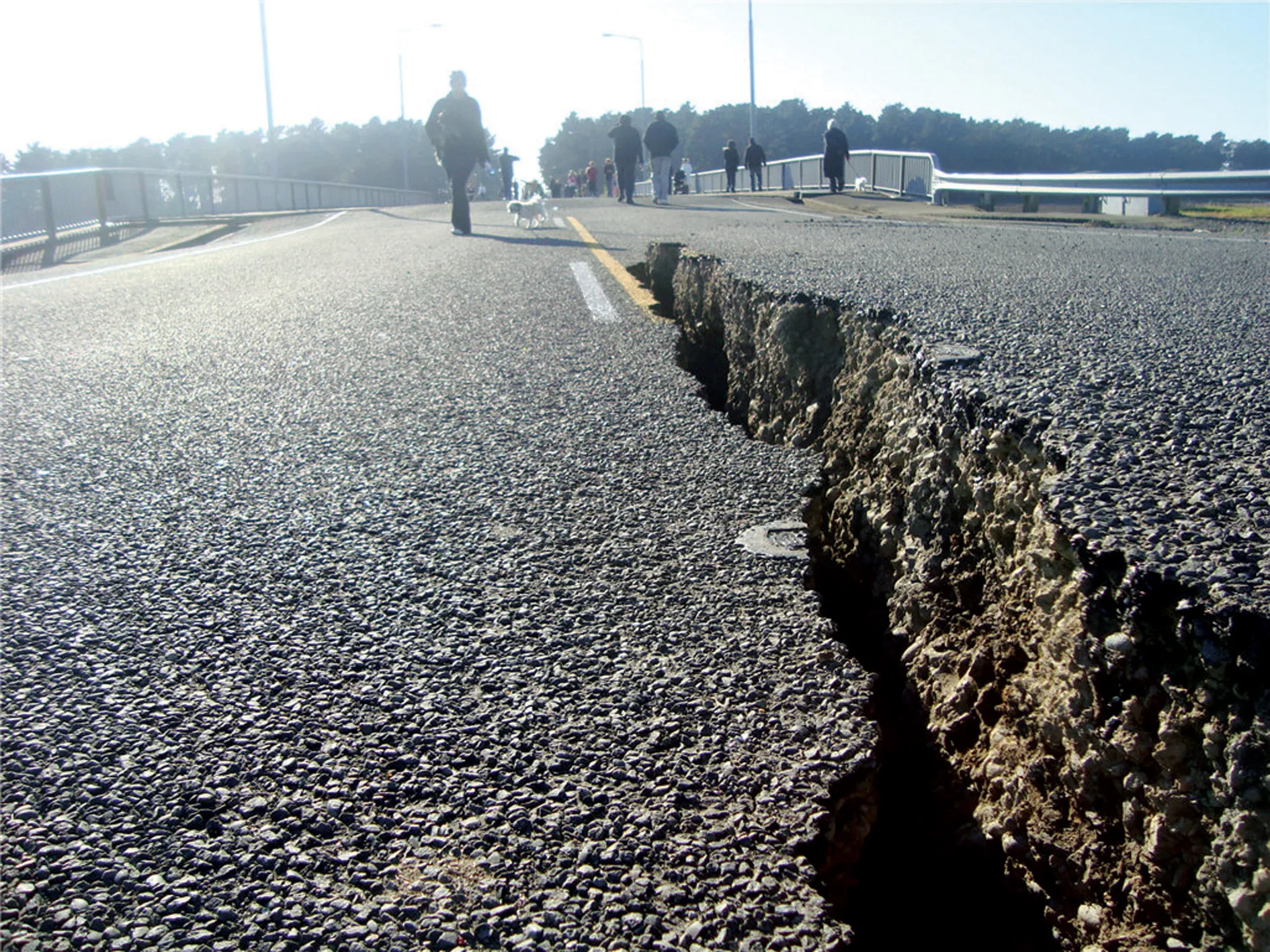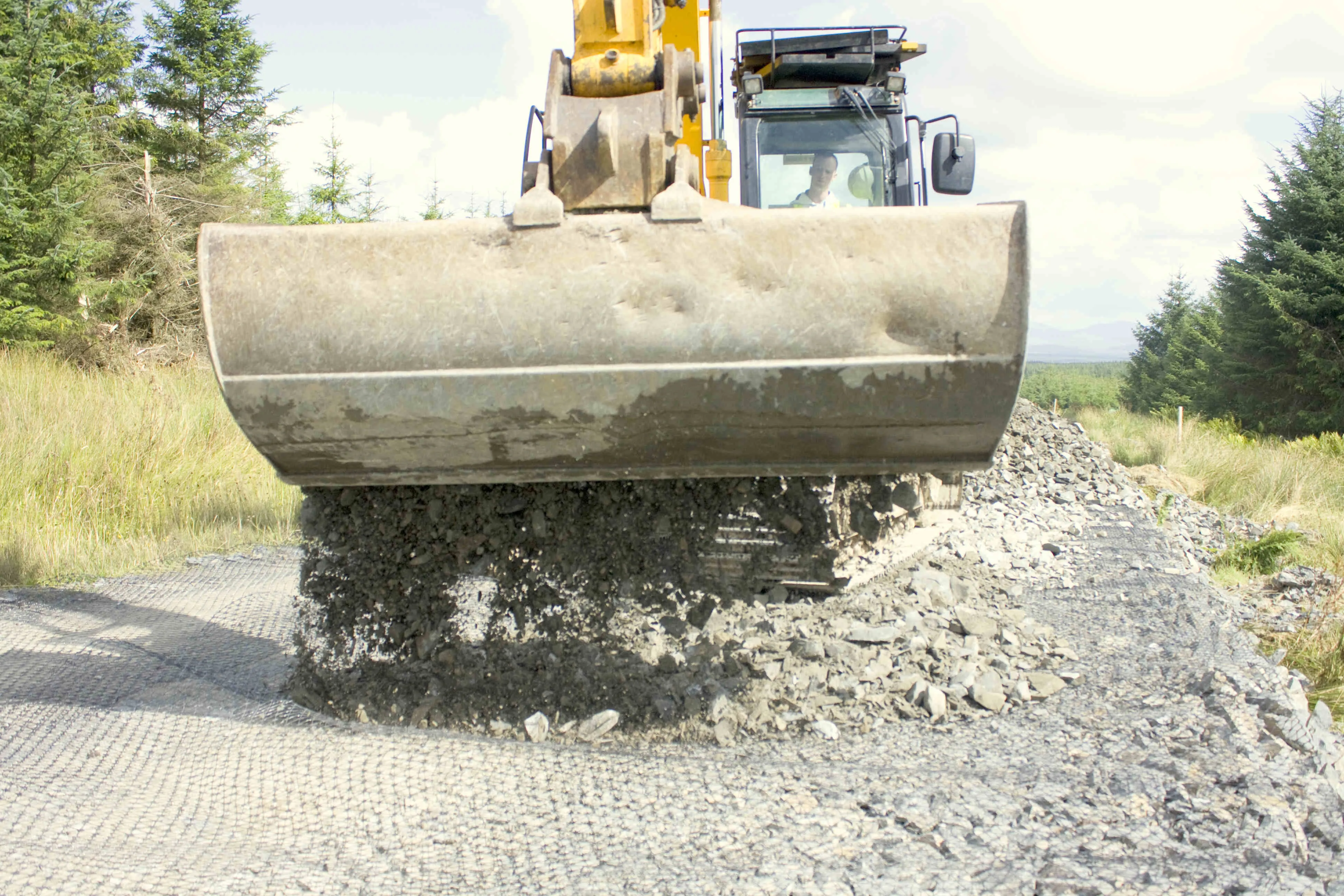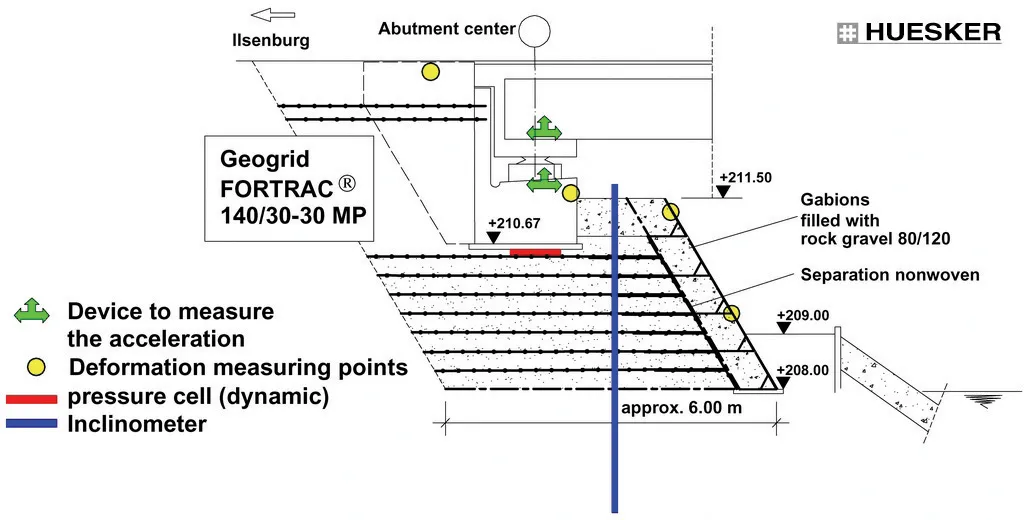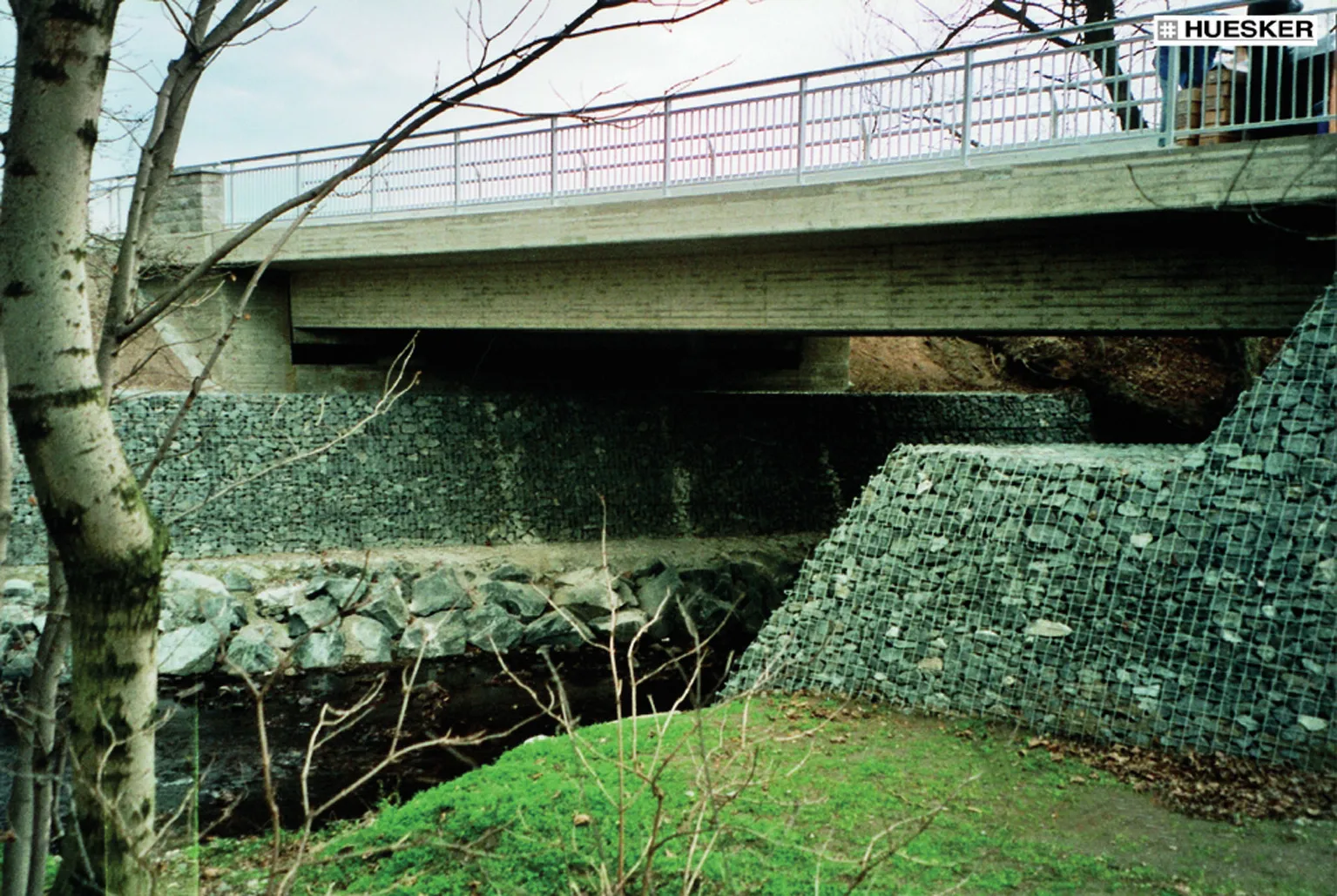
How is it that New Zealand's recent large and destructive earthquake did so little damage to the bridges in the quake zone? Mary Searle investigates
The magnitude 7.1 earthquake that hit the Canterbury region in New Zealand at 4.35am on Saturday, 4 September was similar in size to the quake that shook Haiti in January. However, the damage in Canterbury was minimal in comparison. A key contributor to this was New Zealand's preparedness for such an event.Positioned on a major fault line, New Zealand has earned the nickname of 'Shaky Isles' and its residents are well used to earthquakes. Consequently, the country has strict codes when it comes to earthquake-proofing new builds, and many older buildings and structures have been strengthened to withstand such an event.
Liquefaction caused most of the damage in Canterbury: this is where the shaking reduces the strength and stability of the soil, making it behave like a liquid, creating cracks, slumping, sand volcanoes and bringing water to the surface. Immediately after the shake many streets and properties were covered in a thick layer of water and silt.
Where the water and silt was trapped under concrete or asphalt, roads and footpaths were pushed upwards causing lumps and cracking the surface.
Worst affected areas were alongside the Avon River in Christchurch city and in the coastal suburbs - their proximity to water enhancing the risk of liquefaction. Therefore, you could expect the regions bridges to be severely impacted by the quake, right? Not so.
So how did the road bridges fare so well? John Reynolds, principal structures engineer at the
"The majority of the bridges throughout the country were built post-1950. Since the 1950s New Zealand's bridges have been designed to withstand earthquakes. And since the 1960s they have been designed to quite high seismic loading, so they're reasonably robust when it comes to handling the stresses generated in an earthquake," he explains.
"Rather than being designed for vertical loading (weight of traffic), our bridges are designed for lateral loading. This equals robust bridge design - they have a lot of built in resilience and move with the earthquake." The epicentre of the quake was in Darfield, a small town about 40km from Christchurch.
Reynolds says that in Christchurch the actual seismic shaking was about 60-70% of the loading a new bridge would be designed for.
"Had the earthquake been bigger, the newer bridges would have performed well, but some of the older bridges, designed to lower specs, may have been damaged," he says.
In 2000, the NZ Transport Agency (then known as Transit New Zealand) undertook a national seismic screening exercise on all state highway bridges. It was a desktop exercise to assess the strength of bridges.
Reynolds says about 20% of bridge stock was found to have some vulnerability. Since then the Transport Agency has provided funds every year for seismic retrofitting to strengthen these bridges. The main activity of the strengthening has been providing linkages for components to prevent the bridge falling apart during an earthquake.
"It has been a significant linkage retrofit programme designed to prevent displacement of superstructure components and prevent dislodgement from the bridge foundation," says Reynolds.
The programme is now largely complete with the Transport Agency confident that its most seismically vulnerable bridges have been brought to a standard where they will withstand a significant seismic event.
Reynolds says ground liquefaction came as a surprise to many people in Canterbury but it is an earthquake issue structural engineers are very familiar with.
"Christchurch has extensive areas of soft sands which are vulnerable to liquefaction. However, all the bridges are founded on piles which extend down through the sand to the rock below. Therefore the damage was restricted to the bridge approaches." The risk of liquefaction damaging bridge abutments has been known for a while. However, Reynolds says the Transport Agency has no programme to deal with this.
"The Agency has allowed bridge approaches to liquefy during an earthquake because the cost of prevention work is hugely expensive but repairs can easily be made after a quake, unlike repairs to a bridge, which are both costly and disruptive." For many years New Zealand has been a leader in seismic design and has always applied world-best practice.
A large quake in the capital city of Wellington in 1855 prompted the use of wood for the design and construction of the four-storey Government Buildings (now the Law School of Victoria University) in 1870.
Not much further thought was given to seismic design until the 1931 Napier earthquake, which killed 256 people and destroyed the town. The rules for Napier's reconstruction led to the first New Zealand standards for earthquake-resilient design.
In the 1960s the government,
"Earthquakes are a fundamental part of our bridge design, considered right at the very early stages," says Reynolds. "The form of a bridge is often dictated by earthquake requirements." It's a mantra that has paid off for New Zealand, for although the clean-up bill is predicted to come in at around the NZ$4 billion (about US$3 billion) the cost could have been significantly higher. The quake destroyed or rendered uninhabitable about 2,700 of Canterbury's 160,000 homes and left a further 3,000 exposed to the weather. Fifty-one buildings in the Christchurch central business district were either destroyed or left unsafe.
The greatest damage was to water and sewerage pipes, which were pulverised and their contents mingled into the invasive silt that engulfed houses, sections and streets in a layer up to 300mm deep.
If good luck can ever be attributed to an earthquake so powerful and destructive, it was in its timing, which could not have been better in terms of people being safely tucked up in bed in their timber-framed homes. But credit must be given to the New Zealand's structural engineers who have designed its buildings and bridges to survive disasters such as this.
New strength for old bridge
Bridge strengthening work has been carried out in the last year on the historic, 100-year-old Grafton Bridge in Auckland city.
In its day the iconic Grafton Bridge was at the forefront of engineering, boasting the world's longest single span of reinforced concrete.
The road bridge, which spans about 97.6m, rises 25.6m above the abutments and to a height of around 43m over the Grafton Gully, forms a core part of the Central Connector public transport route between the Auckland CBD and the commercial centre suburb of Newmarket.
The strengthening was not only to enable the bridge to withstand the demands of 21st century traffic, but to handle a one-in-a-thousand-years earthquake.
The work recently netted contractor Brian Perry Civil a Roading New Zealand Excellence Award.









